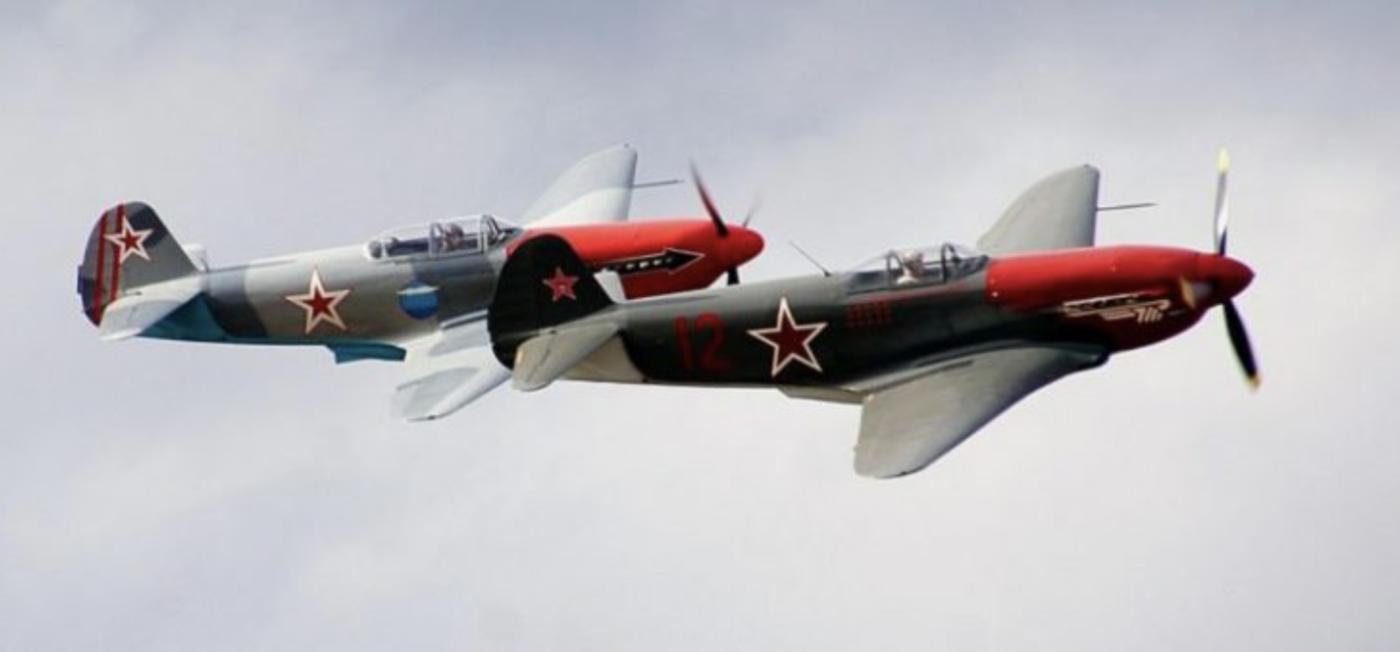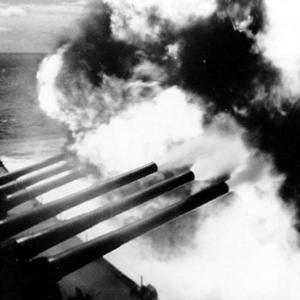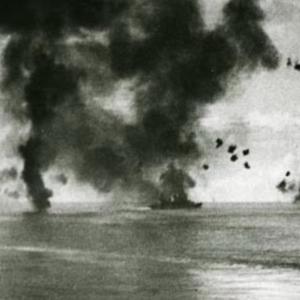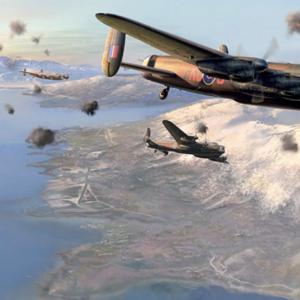
Russian Lavochkin ww2 plane
The Lavochkin LaGG-3 was a Soviet fighter aircraft developed shortly before and used during World War II. It was an evolution of the earlier LaGG-1 prototype and aimed to provide the Soviet Air Force with a modern, high-speed monoplane fighter to counter advanced German aircraft. The aircraft was designed by a team of engineers led by Semyon Lavochkin, Vladimir Gorbunov, and Mikhail Gudkov—hence the name "LaGG," derived from the initials of their surnames.
The LaGG-3 first flew in March 1940. It was constructed primarily from wood due to wartime shortages of strategic materials like aluminum. While the use of delta-wood (a type of layered, resin-impregnated plywood) made the aircraft easier to produce under Soviet wartime conditions, it also resulted in a heavier and less agile airframe. The LaGG-3 was powered by a Klimov M-105P liquid-cooled V-12 engine, which provided modest performance compared to its German counterparts.
When Operation Barbarossa began in June 1941—the German invasion of the Soviet Union—the LaGG-3 was one of the most modern fighters available to Soviet pilots. However, it was still relatively new and produced in limited numbers at that time. Despite being more advanced than older Soviet fighters like the Polikarpov I-16, it struggled in combat against the Messerschmitt Bf 109, especially in terms of speed, maneuverability, and climb rate.
Soviet pilots often criticized the LaGG-3 for its underpowered engine and tendency to catch fire when hit. Due to its wooden construction, the aircraft could not withstand as much damage as metal-framed fighters. Some pilots reportedly joked that "LaGG" stood for "varnished guaranteed coffin." Nonetheless, the aircraft was urgently needed, and thousands were produced and deployed. It played a key role in the early years of the war, particularly during the defense of Soviet cities, bomber escort missions, and ground attack operations.
Technically, the LaGG-3 had a length of about 8.8 meters and a wingspan of roughly 9.8 meters. Its top speed reached approximately 575 kilometers per hour at 5,000 meters altitude. The service ceiling was around 9,500 meters, and it had an operational range of about 600 kilometers. The typical armament configuration included a 20 mm ShVAK cannon firing through the propeller hub and one or two 12.7 mm Berezin UB machine guns mounted in the fuselage. Some versions could carry small bombs or unguided rockets for ground attack.
Production of the LaGG-3 began in 1941 and continued until 1943. Approximately 6,528 units were built across several Soviet aircraft plants. However, the aircraft was quickly overshadowed by newer designs. Lavochkin himself eventually shifted focus to improving the fighter, resulting in the development of the La-5, which replaced the LaGG-3’s inline engine with a more powerful radial engine and transitioned to a metal airframe. The La-5 and its successor, the La-7, became some of the most successful Soviet fighters of the war.
In summary, the Lavochkin LaGG-3 was a critical stopgap measure for the Soviet Air Force during the early phase of World War II. Though it was flawed in many respects, it represented a significant leap forward from pre-war designs and contributed to the defense of the Soviet Union during its most desperate period. Its development laid the groundwork for more effective aircraft later in the war and demonstrated the resilience and ingenuity of Soviet wartime engineering.










